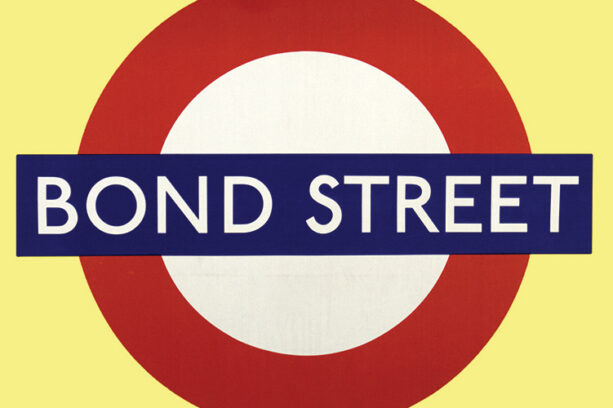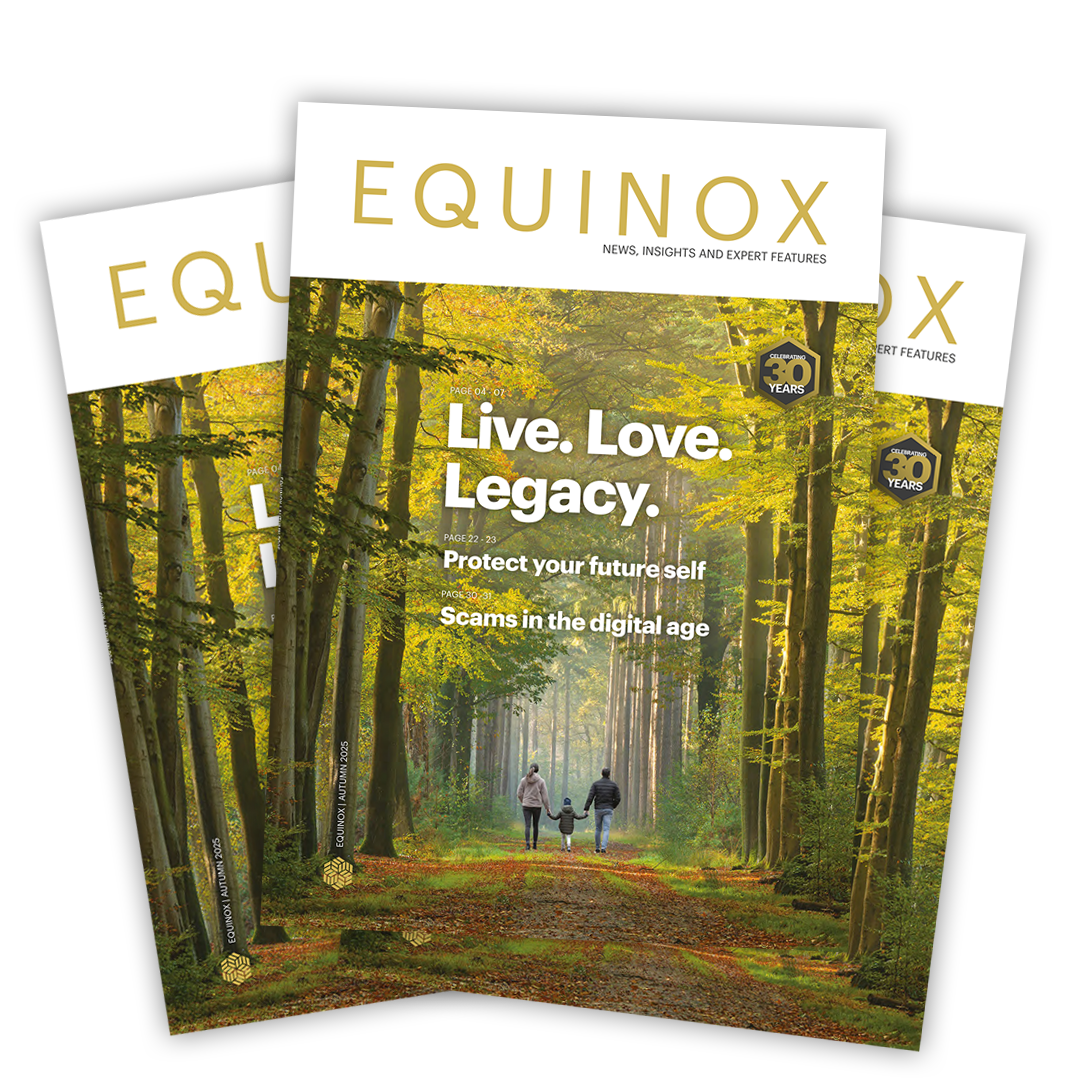In the last edition of Equinox, we took readers for a walk down Bond Street, unravelling fixed-income complexities and highlighting why we believe bonds offer a great opportunity in the current market.
This article focuses on a specific sector – high-yield bonds.
Bonds are essentially a loan. By buying a bond, you are lending your money typically to a company or a government. They will pay you interest during the term, and then repay your loan when the bond matures.
The interest rate, or yield, that the lender receives will largely depend on the perceived risk of the borrower (i.e. the company issuing the bond) and the chance of them not returning the principal at maturity. The greater the risk of default/non-payment, the higher the demanded interest rate (yield).
A high-yield bond is the name we give to a loan to a company with a lower credit rating.
Given the associated risks, it is crucial that our high- yield fund managers complete detailed market, credit and financial analysis. We have a very strong suite of high-yield funds, including the Aegon High Yield Bond Fund, managed by experts in this field, Thomas Hanson and Mark Benbow.
The fund
Unlike active equity funds, where it’s common to see only 35-45 holdings, bond funds tend to have more holdings and smaller positions.
The average high-yield bond fund currently has 262 holdings, and the index has 3,337 (ICE BofA Global High Yield Constrained Index).1 The Aegon fund is markedly different to both the index and sector with just 136 positions, meaning each position has a much bigger impact on the returns achieved. This high-conviction approach is something we favour.
Also, unlike equities, where most indices are market cap-weighted (meaning the biggest firms have the largest weight in the index), bond indexes are weighted in correlation to the amount of outstanding debt. The bigger the company’s debt, the bigger the proportion of the index.
This doesn’t seem to make much sense to us. Why would you want to track an index where you lend more money to the most indebted? We are not too sure either.
That’s why we favour the active approach. Aegon’s unconstrained, flexible mandate means they are index agnostic, free from index biases and can avoid forced selling. Ultimately, giving the fund managers the freedom to take advantage of all the available opportunities that they find, without being tied to the seemingly illogical nature of the index.
The team behind the fund
Before we invest in any active fund, we always meet the managers. This provides us with the perfect opportunity to really dig down into their process and approach.
When we initially met the Aegon team, they gave us a comprehensive overview of their outlook, methodology and team structure. We could clearly see that they had a real passion and understanding for the high-yield market, and they happily talked through the way they conduct their analysis.
Something that particularly stood out to us was the detailed justification of their quantitative measures. Some of the metrics they explained were subsequently adopted and utilised in our other fixed income holdings.
In our discussions with the Aegon team, they expressed their willingness to invest in “good bonds” issued by “bad businesses”. Businesses that the market perceive to be “bad” or riskier, will have to offer a higher yield on their bonds. While investing in “bad businesses” may not initially sound like a great strategy, when questioned, they explained they place more emphasis on the quality of the specific bond, rather than the quality of the business that has issued the bond.
They look for bonds that are secured against certain assets within the business. This implies that if the issuer is unable to repay the loan and defaults on the issue, the bond holder (i.e. the Aegon team) has a right to a certain asset.
This protective measure reduces overall risk, as bond holders have a claim on collateral that will have a value in its own right. Investing in bonds secured against an asset will normally increase the amount recovered by the bond holder in the event of a default, therefore having a greater recovery rate.2
The fund currently has more ‘secured debt’ than the index, reinforcing the team’s approach to picking “good bonds” despite them being issued by perceived “bad businesses”.
The current average yield to maturity on our various high-yield fund holdings is approximately 8% p.a.3 The yield has historically been a very strong predictor of future returns,4 which means Aegon, and our other high-yield bond funds give us strong, high-quality exposure to the asset class and allow us some predictability of returns.
This article is intended as an information piece and does not constitute a solicitation of investment advice.
Past performance is for illustrative purposes only and cannot be guaranteed to apply in the future. Investments will fall as well as rise.
To speak to a member of our investment team, please don’t hesitate to get in touch with us on 0161 383 3335 or by reaching out to your usual Equilibrium contact.




